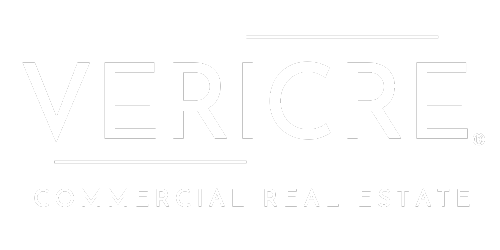Introduction
In the competitive field of commercial real estate, the concepts of usable square feet (USF) and rentable square feet (RSF) are pivotal, especially for tenants seeking the ideal office space and landlords aiming to maximize returns. Understanding these terms, how they are calculated, and their impact on rent is essential for making informed decisions. This guide delves into each aspect to help you navigate your next lease with confidence.
What is Usable Square Feet (USF)?
Usable Square Feet (USF) refers to the area within a commercial property exclusively available to the tenant. This measurement includes all directly accessible areas, such as private offices, corridors within the leased space, restrooms, and storage areas. It excludes common building areas like lobbies, hallways, and elevators.

What is Rentable Square Feet (RSF)?
Rentable Square Feet (RSF) includes not only the Usable Square Feet but also a share of the building’s common areas, which might include the lobby, hallways, stairwells, and shared amenities such as conference rooms or gyms. The calculation of Rentable Square Feet adds a percentage of these common areas to the Usable Square Feet, based on a “load factor” derived from the ratio of the total common area to the total leasable space in the building.
Landlords prefer to charge rent based on Rentable Square Feet as it allows for compensation for the shared facilities that all tenants utilize.
Why Understanding Usable Square Feet and Rentable Square Feet Matters for Your Lease
Recognizing the difference between usable square feet and rentable square feet is crucial in lease negotiations and determining the true cost of a space. Landlords base rent on rentable square feet, which often makes the space appear more expensive than it is based solely on usable square feet. Tenants should understand both measurements to accurately assess the cost efficiency of their leased space and to make more effective comparisons between different properties.
Key Implications for Tenants and Landlords
Knowledge of usable square feet and rentable square feet can help tenants negotiate lease terms that reflect the actual value and utility of the space. It also helps them plan the efficient use of the space they are paying for. For landlords, transparency in how these figures are calculated can foster trust and streamline leasing negotiations. Clear communication of usable square feet and rentable square feet helps ensure that all parties have aligned expectations about the space and its costs.

Conclusion
Understanding the nuances between usable square feet and rentable square feet is vital for both tenants and landlords in the commercial real estate sector. By comprehending these concepts and their implications for rent calculation, stakeholders can make informed decisions, negotiate better terms, and ultimately find leasing solutions that meet their needs.
Are you ready to negotiate your next commercial lease with confidence? Contact us today for expert guidance tailored to your real estate needs, or visit our website to browse our latest commercial listings.
Max Morris
Co-founder & Principal
(949) 903-5565
max@vericre.co
DRE #01205362
